The Architectural Legacy of Henry Shaw
Many people have had a positive impact on St. Louis, but few can compare to that of Henry Shaw (July 24, 1800-August 25, 1889). Shaw was born in England but arrived in St. Louis via New Orleans on May 3, 1819. St. Louis had been founded 50+ years before his arrival but the population by 1810 was only 1,600.
Shaw’s marker on the St. Louis Walk of Fame sums up his contribution:
Henry Shaw, only 18 when he came to St. Louis, was one of the city’s largest landowners by age 40. Working with leading botanists, he planned, funded and built the Missouri Botanical Garden, which opened in 1859. Shaw donated the land for Tower Grove Park and helped with its construction. He wrote botanical tracts, endowed Washington University’s School of Botany, helped found the Missouri Historical Society, and gave the city a school and land for a hospital. Of Shaw’s gifts, the Botanical Garden is best-known. Said as early as 1868 to have “no equal in the United States, and, indeed, few anywhere in the world,” it epitomizes the legacy of Henry Shaw.
In addition to the Missouri Botanical Gardens institution, Tower Grove Park, and numerous trees, Shaw left a great architectural legacy of buildings he commissioned, here are a few:
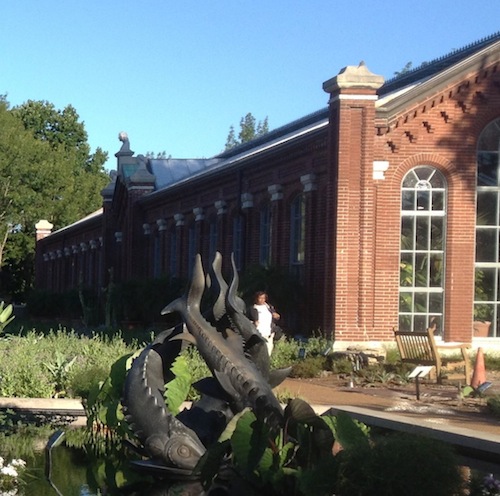
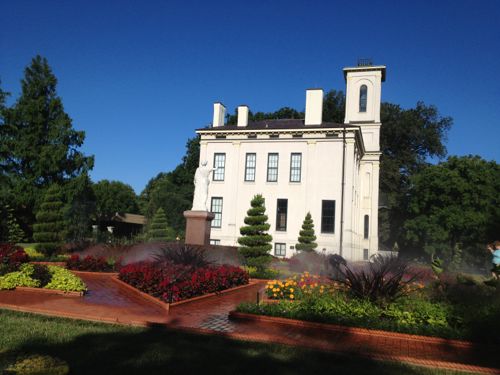
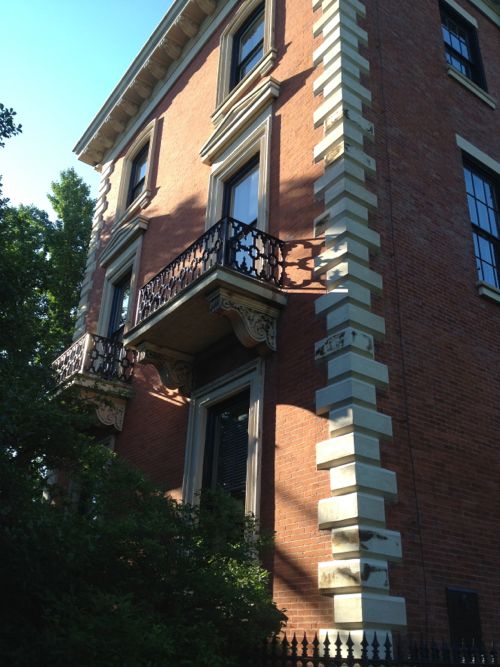
Here’s more detail on the city townhouse:
This tall three-story townhouse was originally built for Henry Shaw in 1850 at the southwest corner of Seventh and Locust Streets. Shaw, who had made his fortune in mercantile pursuits and real estate, had retired by that time and had completed his new country home at Tower Grove the previous year. For his city home, Shaw chose a design by architect George 1. Barnett that was inspired by a Florentine palace. After Shaw´s death in 1889, and according to a provision of his will, the house was razed and relocated on the grounds of his Missouri Botanical Garden, where it now houses offices and related activities of the Garden. The house´s downtown site became the location of the Mercantile Club, later Compton Building, in 1893. (source)
Today the site has been a surface parking lot for decades, the Mercantile Club was razed before 1958.
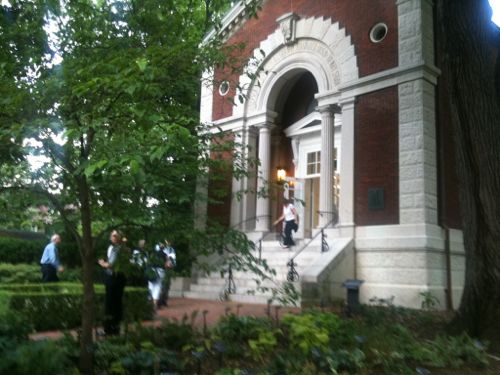
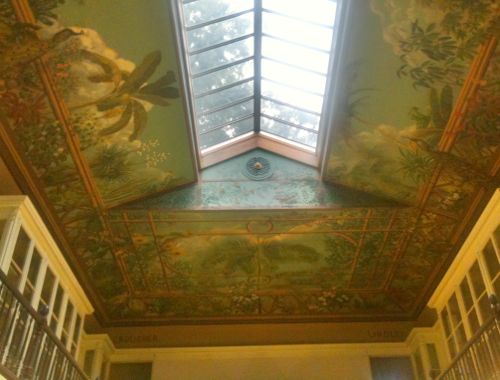
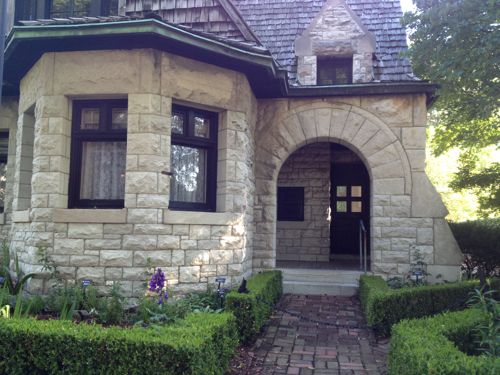
All of these buildings were designed by George I. Barnett, a fellow Englishman 15 years younger than Shaw.
Barnett designed hundreds of buildings in St. Louis, many in Greek Revival, Italianate, and Gothic design. Barnett did not deviate from classical designs, and his portfolio was largely responsible for establishing Classicism as St. Louis’ dominate architectural influence. His works included houses, churches, commercial, and civic structures. Among his best known structures are renovations to the Old Courthouse, the Missouri Governor’s mansion, the structures of the Missouri Botanical Garden, Tower Grove Park, and the Southern Hotel.
Obviously Shaw liked Barnett’s work, most likely Barnett liked having a steady stream of commissions from a prominent & wealthy member of the community.
— Steve Patterson